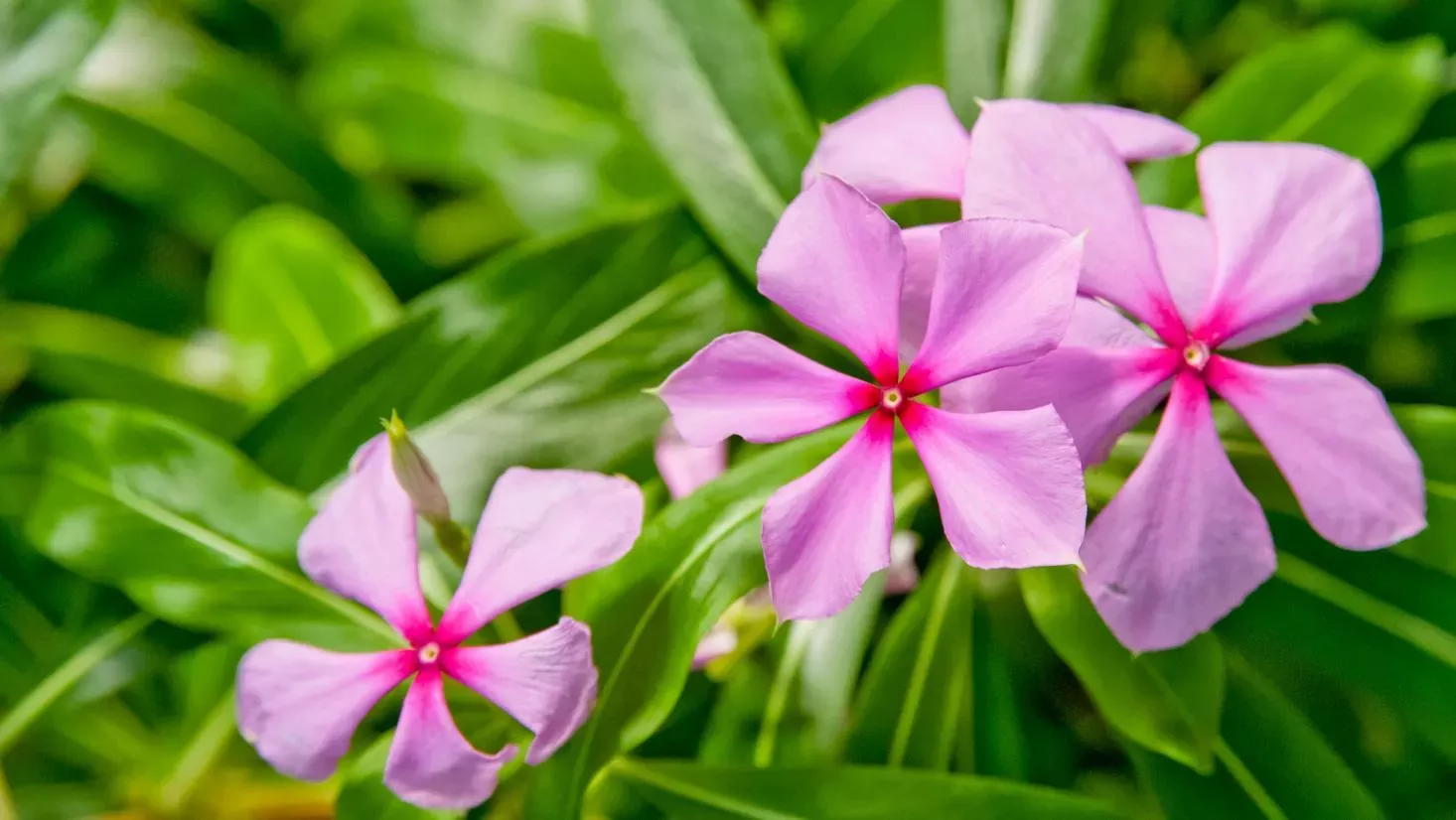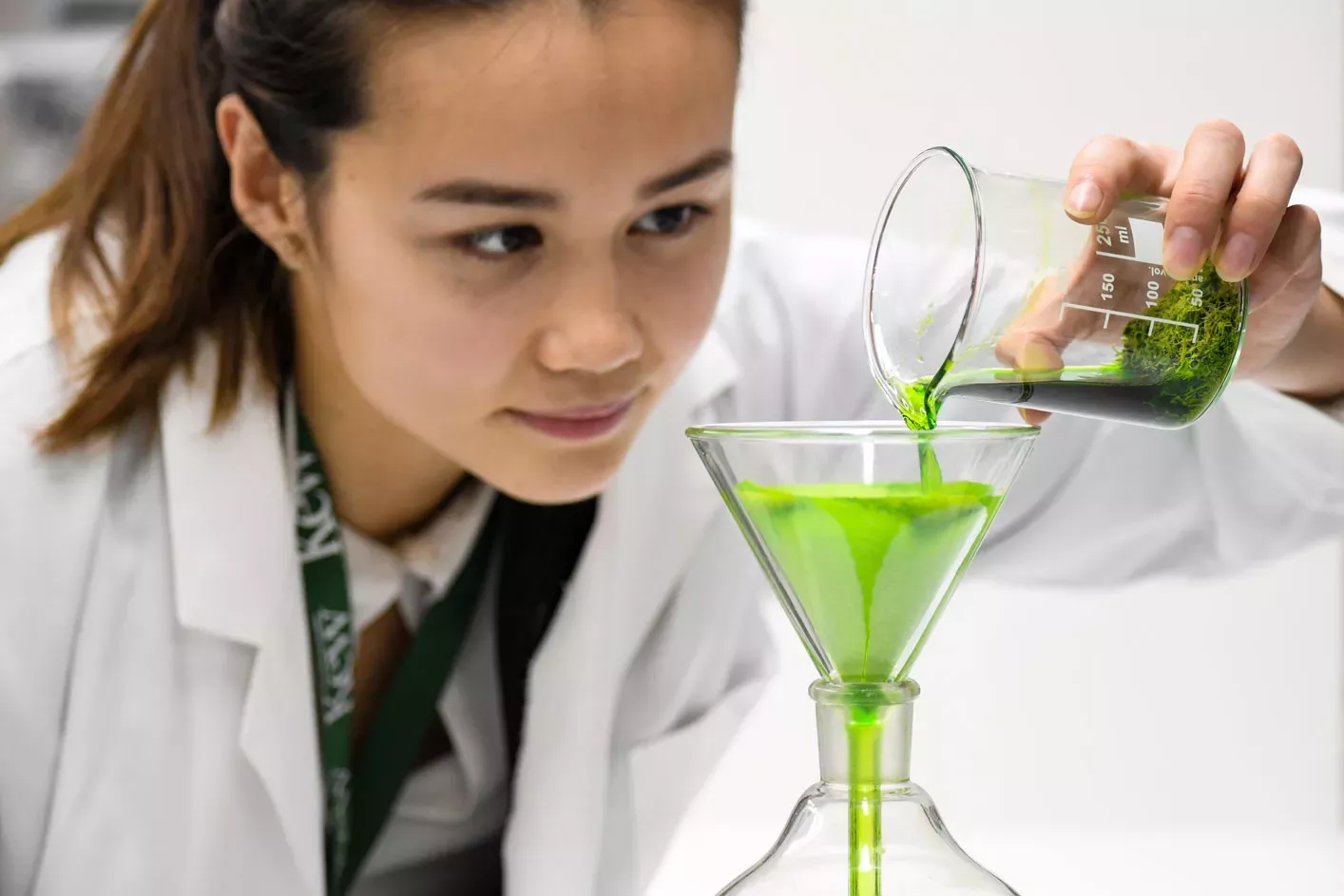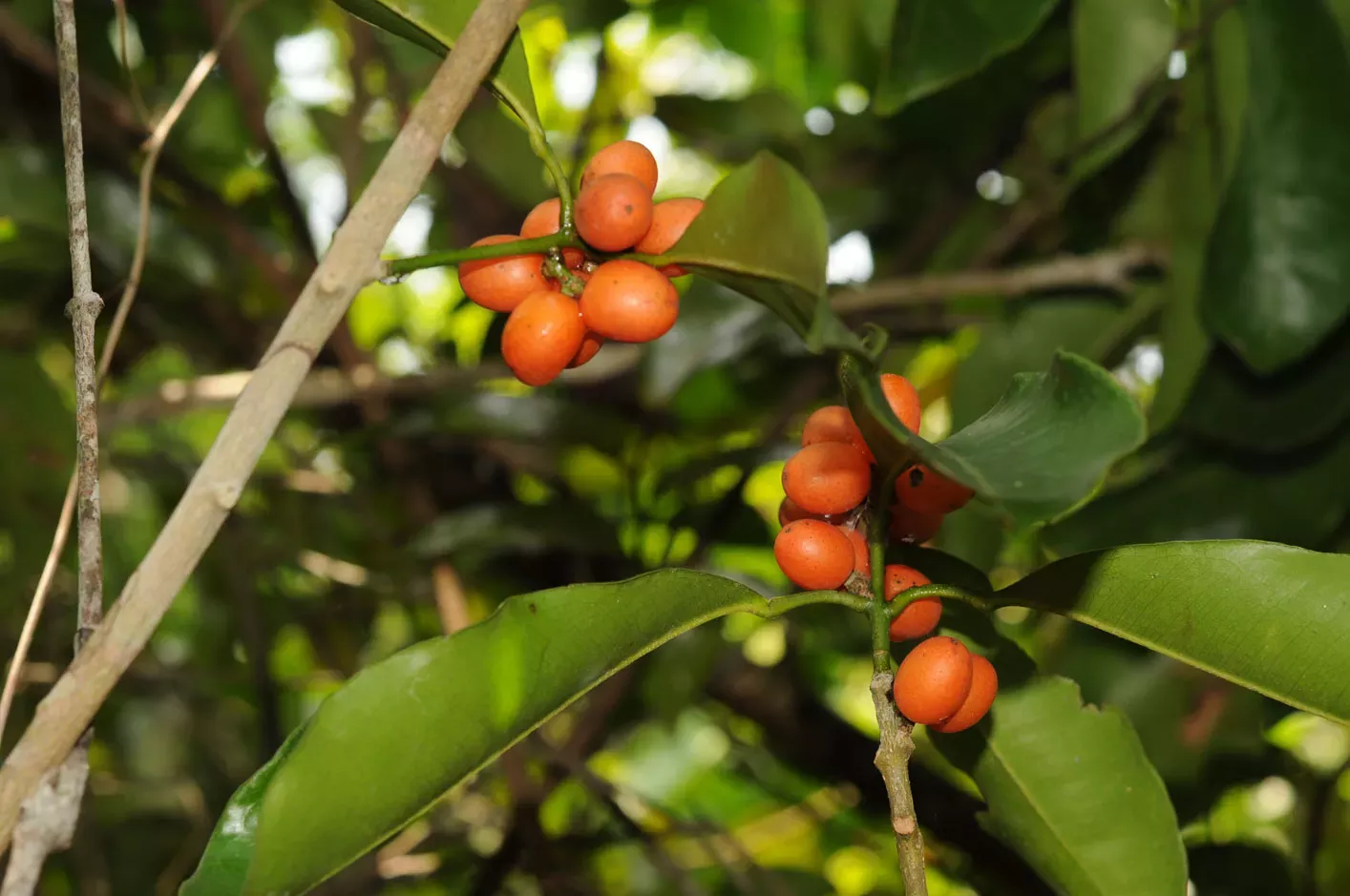22 April 2021
Simply the zest
Three antimicrobial compounds new to science have been identified in a relative of citrus

Humans have been using plants for medicinal purposes for as long as we have existed.
And today, many of the pharmaceuticals used in modern medicine are based on chemicals first found and isolated from plants.
For example, Vinblastine, an anticancer drug was discovered in the Madagascan periwinkle (Catharanthus roseus), galantamine, used to treat the symptoms of Alzheimers, was first isolated from snowdrops (Galanthus) and then of course there’s aspirin, ‘discovered’ over 3500 years ago in willow bark.

Botanical medicine
Here at Kew, our Biological Chemistry and In Vitro Research and Commercial Innovation Unit teams investigate chemicals produced by plants (phytochemicals) and fungi that could have medicinal applications.

Just recently, with the help of our Identification & Naming Department, Kingston University, and scientist Teva Kami at IRSEN-National Herbarium (Republic of Congo) we identified three antimicrobial compounds new to science in a rare plant species from the Republic of Congo.
Vepris gossweileri is a shrub in the citrus family (Rutaceae) that we cultivated at Kew.
While V. gossweileri had been understudied, Vepris is a genus comprising over 80 species of shrubs and trees found in tropical Africa, several of which are used in traditional African medicine to treat various ailments.
Many Vepris species produce chemical compounds in their leaves and roots known as alkaloids, which are of scientific interest due to their antibacterial, antifungal and anti-cancer activity.
Unfortunately, many Vepris species are under threat of extinction and some are currently unknown to science.
Back in 2018, for example, V. bali became extinct before being scientifically named.


Leaf discoveries
The three new compounds were among 16 biologically active compounds (alkaloids and terpenes) identified in the leaves of the citrus relative.
The compounds and named gossweicridone A, B and C for former Kew Horticulturalist John Gossweiler (1873 – 1952) who first collected V. gossweileri a plant species also named for him.
John was renowned as a botanist in Angola, where to this day a statue of him is preserved in a public park.
Rare synergy
We found that the individual 16 compounds showed minimal antimicrobial activity, but when in certain combinations, the antimicrobial activity greatly increased due to a strong synergistic effect.
Although synergy has long been talked about with respect to plant compounds, actual examples of strong synergy such as this are rare.
If we can confirm the molecular mechanism behind the interaction, the compounds from this plant could be combined with antibiotics to overcome antibiotic resistance.
This research highlights how protecting biodiversity isn’t just essential for providing food, livelihoods and mitigating the effects of climate change, but also for human health.
Read the paper
Langat, M.K. et al. (2021) Multi-layered antimicrobial synergism of (E)-caryophyllene with minor compounds, tecleanatalensine B and normelicopine, from the leaves of Vepris gossweileri (I. Verd.) Mziray. Natural Product Research 1-11
Acknowledgments
Thank you to Bradley Gangadeen, Kew Botanical Horticulturalist, for growing the V. gossweileri plants.





